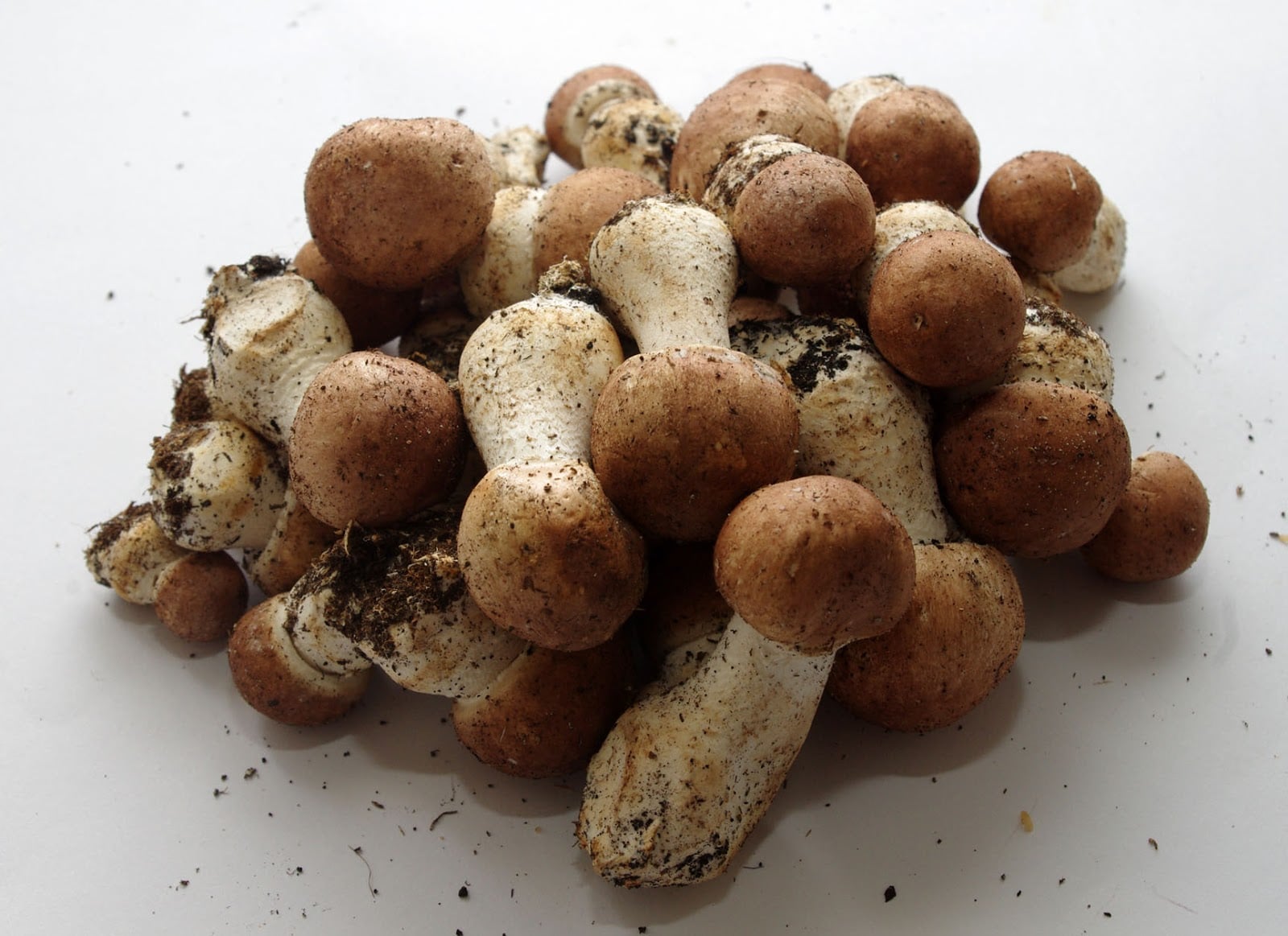Uses tested in practice:
- treatment of allergies and autoimmune diseases + Reishi, Hericium
- stimulation of the immune system, protection against infection + Coriolus, Reishi, Shiitake
- cancer prevention in high-risk groups
- complementary cancer therapy – according to tumour type
- regulation of blood sugar levels + Maitake, Coprinus
- therapy of inflammatory diseases
- protection against infections, killing of pathogens
Other motives for use of Agaricus:
tumour diseases under the “navel”, skin diseases, support and protection of the liver, supports peristalsis of the intestines, reduces high blood pressure, regulation of blood fats, reduces cholesterol, complementary arteriosclerosis therapy, spasms of lower limb blood vessels (+ Reishi)
TCM characteristics:
- temperature – warm
- taste – sweet, slightly spicy
- tropism – spleen, stomach, intestines
Effects according to traditional Chinese medicine:
- strengthens the qi of the entire body
- strengthens defensive qi
- transforms mucus, stops cough
- relieves convulsions
- expels worms
Brief description
Agaricus blazei Murill (Himematsutake in Japan, Ji Song Rohg in China, Cogumelo Piedade in Brazil, Agaricus brasiliensis, žampion mandlový) is a mushroom belonging among champignons, whose homeland is South America. It was mainly gathered by villagers in the Sao Paulo area near the village of Piedade. They used this mushroom both as food (it is very tasty, smelling of almonds) and mainly as a remedy. It was first described by the mycologist W. A. Murill in 1945. However, it was only introduced to the world in 1960, when T. Furomoto, who noticed its effects, sent Agaricus for research in Japanese laboratories. The mushroom was included into the botanical system only in 1967 by the Belgian botanist Heinemann. Thanks to the breakdown of its composition and the experiments that followed, the effect of Agaricus on the body was confirmed. The mushroom has become very popular and it is now being grown commercially around the world. The Japanese are among the biggest producers of Agaricus.
Agaricus belongs to the Agaricaceae family. The mushroom has a brown-golden scaly cap, from which its name is also derived – mushroom of the sun. The cap has a diameter of about 2-12 cm, the length of the leg similar. The cap is bulging in young mushrooms, but it straightens with aging and its ends become "frayed". On the underside of the cap, you can find light-brown basidiospores in young mushrooms and chocolate-brown basidiospores in old mushrooms.


